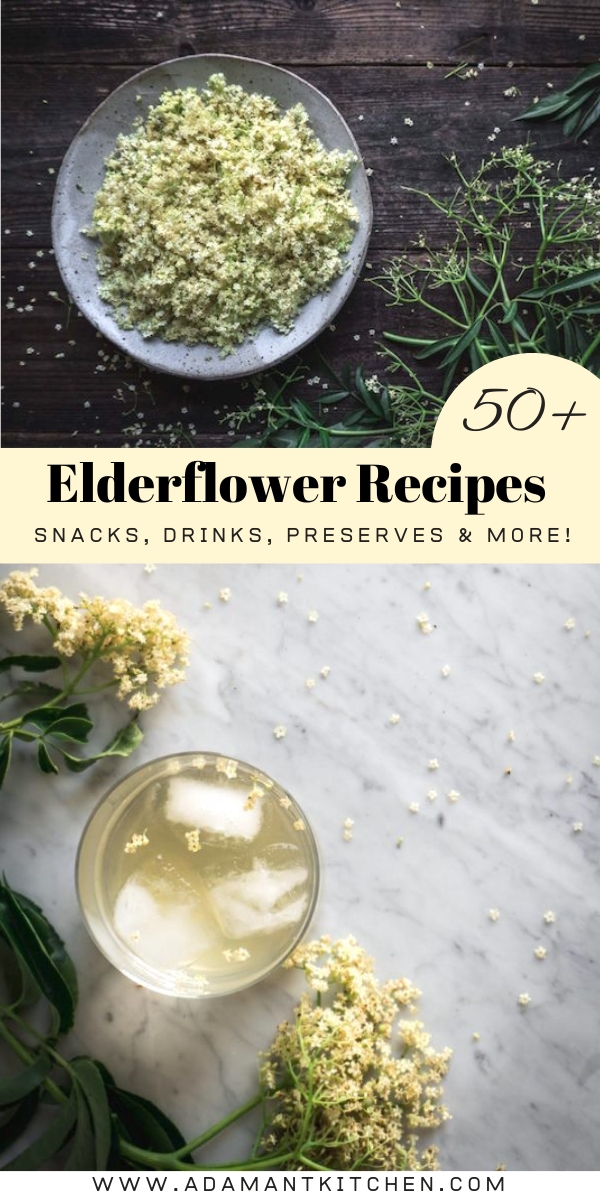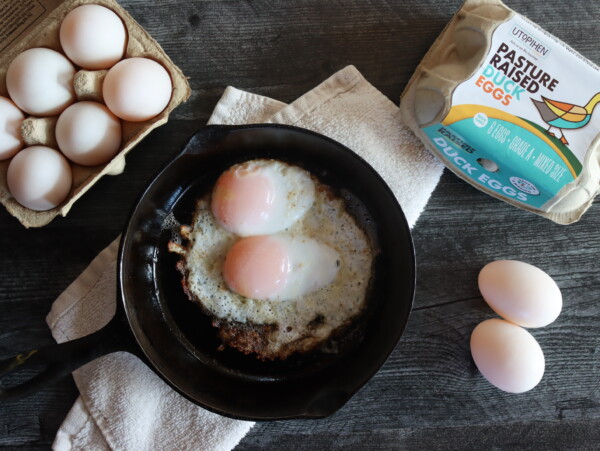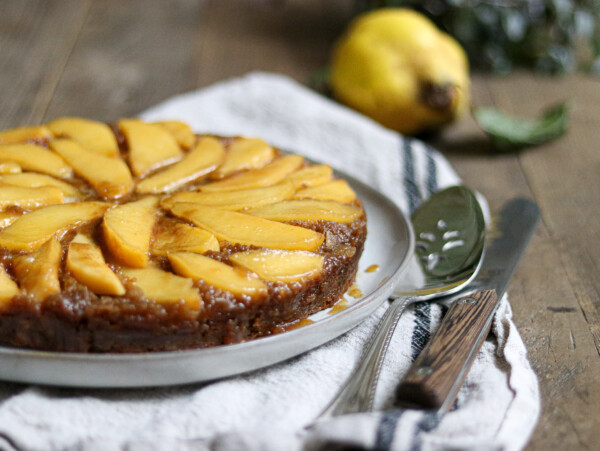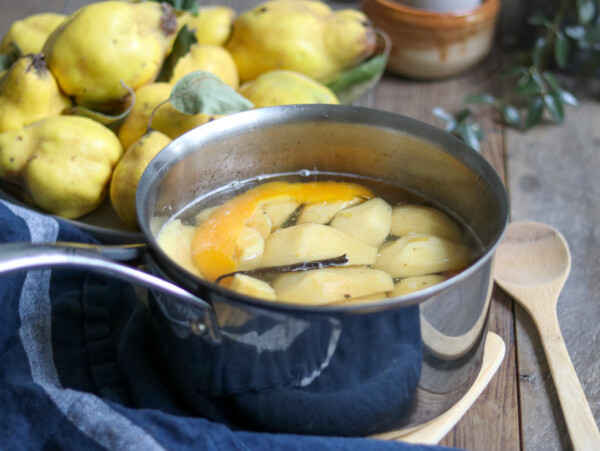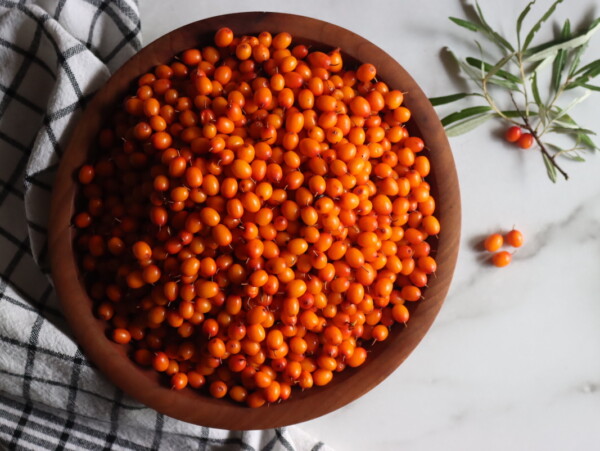This post may contain affiliate links. Please see our disclosure policy.
Elderflowers can add floral beauty to an array of recipes be the flowers used fresh or infused into syrups, cordials and creams.

The elder is a deciduous perennial shrub, sometimes resembling a small tree, that produces bountiful white elderflowers in late spring and early summer, which develop into elderberries later in the season.
The blooms of the elder plant are comprised of flat-headed sprays composed of minute five-petalled flowers while the leaves are compound, bearing between five and seven pairs of pointed, toothed leaflets.
Elderflowers can often be found in wooded areas near streams and creeks. Be sure to avoid elderflower lookalikes like water hemlock, giant hogweed and cow parsley.
Choosing the Best Elderflower
Be sure to collect flowers from an area clear of insecticides, pesticides and roadside runoff. An often recommended tip is to pick flowers from multiple bushes so as not to over-pick any one plant. Many birds and wildlife feed off of the eventual berries these flowers produce so try not to wipe any locations clean of elderflowers.
Elderflowers begin to bloom in May and June. Look for blossoms that have just begun to open – the flowers should be creamy-white in color with pale yellow pollen.
When foraging for elderflowers, collect flowers early in the day, but after any morning dew has evaporated. Look for clusters that are freshly opened, avoiding any blooms that appear dried or faded.
Depending on when you hunt for your flowers, some blooms may have already started to develop tiny green berries – be sure to avoid these blooms as well. Instead, allow them to develop into full elderberries to be picked at the proper time.
Take a pair of pruners with you, and make a cut at the main stem which holds all those elderflower clusters. After snipping, give the blooms a gentle shake to remove any insects.
Once home, discard any stems, leaves and greenery – these parts are poisonous and if enough are consumed they will indeed make you sick. Most recipes recommend not washing the flowers before use, as this removes the pollen and much of the flavor.
Elderflower Recipes
Elderflowers have long been used in the form of cordials, syrups and liqueurs, but their breadth of use does not stop there. Elderflowers can be incorporated directly into baked goods, infused into creams, used in marinades, fermented recipes and more.
You’ll find elderflower pairs well with lemon in drinks and desserts among other summer fruits and berries like strawberry, blueberry or gooseberry. Sweet baked goods and savory proteins, veggies and starches alike can benefit from this floral flavoring as well.
Fresh Elderflower Recipes
Fresh elderflowers can be made into an elderflower syrup to be added to drinks and desserts, lending sweet floral notes to both. Fresh flowers can also be used to make a soothing tea with lemon and honey or be cooked into a lovely elderflower jelly or jam. Combine with apple or orange juice for a fruitier flavor or keep the essence purely botanic.
For sweeter fare, consider using fresh elderflower heads to infuse into an elderflower cream to fill a lemon and elderflower tart. Similarly, infuse fresh elderflowers into custard for a custard tart adorned with apricots or combine flowers with strawberry and rhubarb in a sensational summer pie.
- Homemade Elderflower Syrup
- How to Make Elderflower Tea
- Elderflower Jelly
- Lemon and Elderflower Tart
- Apricot and Elderflower Custard Tart
- Strawberry Rhubarb Pie with Elderflower

Elderflower Breakfast Recipes
Add the sweet fragrant notes of elderflower to breakfast recipes to brighten dreary mornings. Bake fresh or dried elderflowers into muffins sweetened with honey or give elderflower fritters a try. More like sweet beignets, these elderflower fritters are essentially a floral doughnut hole made with both elderflowers and elderflower cordial in the batter.
Strawberry and elderflower-glazed doughnuts are another scrumptious breakfast treat as are elderflower pancakes. Elderflower-based compotes are another option to top pancakes, crepes and waffles. Combine with blueberries or strawberries for fresh summer flavors. And don’t forget about elderflower granola – lovely for topping yogurt or chia pudding.
- Elderflower Muffins with Honey
- Elderflower Fritters
- Strawberry Elderflower Glazed Donuts
- Elderflower Campfire Pancakes
- Breakfast Waffles with Blueberry Elderflower Compote
- Elderflower Granola
Elderflower Savory Main Courses
For dinner fare, elderflower can be used to cure fish like mackerel, trout and salmon. Either fresh elderflower or elderflower cordial can be implemented in this process. Clams and elderflowers are another worthy pairing. Add baby potatoes or serve with bread to make a filling meal.
For more vegetable-oriented ideas, consider sauteing asparagus or other veggies with elderflowers and butter. Serve with your favorite protein or pasta.
For more ideas, use elderflower syrup and rosemary to marinate chicken for an aromatic and tender meal or try elderflower cordial to make a dressing for a green garden salad with radish, sugar snap peas and chicken.
- Elderflower-Cured Mackerel with Tomato Consommé
- Elderflower Cured Trout
- Quick-Cure Salmon With Elderflower and Dill
- Clams with Elderflower & New Potatoes
- Asparagus with Elderflower Butter
- Caramelised Elderflower Rosemary Chicken with Spicy Potato Wedges
- Chicken Garden Salad with Elderflower Dressing
Elderflower Drink Recipes
Elderflowers can be incorporated into a variety of fizzy, fruity and alcoholic drinks. An elderflower cordial can be added to sparkling water for a refreshing summer beverage. Add elderflower syrup to soda, fruity spritzers or fresh-squeezed lemonade for floral refreshments.
Recently harvested elderflowers can be used to make a low-ABV elderflower fizz or fresh elderflower smoothie accompanied by apple and banana. For cocktail-themed ideas, consider adding elderflower syrup to tonic water and gin, prosecco with cucumber slices or pear vodka and lemon juice.
- Elderflower Cordial
- Elderflower Soda
- Elderflower Lemonade
- Elderflower and Grape Spritzer
- Elderflower Fizz
- Apple and Elderflower Smoothie
- Refreshing Gin Elderflower Cocktail
- Elderflower Prosecco with Cucumber
- Pear Martini with Elderflower Liqueur
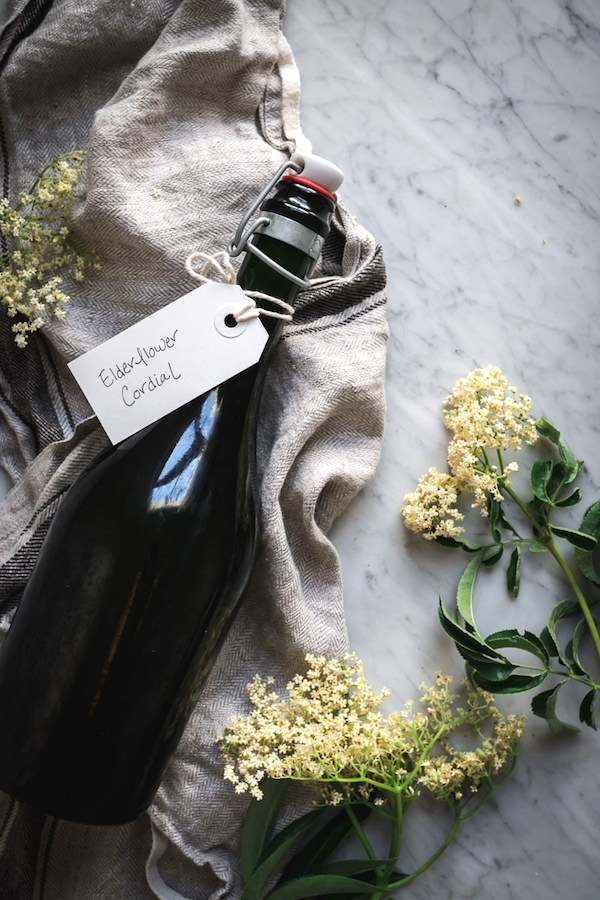
Elderflower Snack Recipes
For a snackable appetizer, consider frying elderflower heads in tempura batter. A simple elderflower dipping sauce can be made to complement these fried treats from elderflower cordial, arrowroot powder and water. You can also add elderflowers to fruit leather recipes like strawberry or apple to give these dried snacks some floral flavor.
Likewise, popsicles benefit from some elderflower syrup. Combine with fresh fruit such as ripe strawberries or apricot for cooling fruit refreshments. Elderflower cordial can also be used to make a dressing for a revitalizing melon and tomato salad. If it’s temperate enough to use your oven, consider adding elderflower cordial to cookie or biscuit batter. And for a truly special treat, sample fluffy, homemade elderflower marshmallows. Made from elderflower cordial and gelatine, these delicate bites possess a subtle elderflower flavor without being too sweet.
- Elderflower Tempura with Elderflower Dipping Sauce
- Strawberry & Elderflower Fruit Leather
- Apple, Rhubarb and Elderflower Fruit Leather
- Strawberry Popsicles with Elderflower
- Elderflower Apricot Yogurt Popsicles
- Melon & Tomato Salad with Mint & Elderflower Dressing
- Elderflower Oat Cookies
- Elderflower Marshmallows

Elderflower Dessert Recipes
Many desserts can be greatly enhanced with a little elderflower. Simply add elderflower syrup or cordial to creams, batters and more for floral-infused delights. Add elderflower syrup to both cake and meringue buttercream for decadent lemon curd and buttercream cake. Tiny elderflower sponge cakes and cupcakes are more delightful options.
For even more concoctions, consider elderflower jellies, elderflower fool and elderflower creams. This elderflower cream can be piped into delicate strawberry eclairs for a Parisian-themed treat. And finally, be sure to try a scoopful of elderflower ice cream along with pies and sundaes.
- Elderflower Lemon Cake
- Mini Elderflower Sponge Cakes
- Elderflower Cupcakes
- Elderflower and Lemon Mini Trifles
- Elderflower Jellies with Cream
- Elderflower Fool with Poached Gooseberries
- Elderflower Creams with Brown Sugar
- Strawberry Éclairs with Elderflower Cream
- Elderflower Ice Cream
Cultured & Fermented Elderflower
Add elderflower to fermented recipes for a fragrant floral embellishment. Sparkling elderflower mead, as well as wild fermented soda made with this scented bloom, is ideal for sweltering summer days. Fermented cordials, made with sugar, water, lemon juice, and fresh elderflower blossoms, are another option.
Elderflower champagne and elderflower wine are two more celebratory possibilities to impart this floral flavor into beverages.
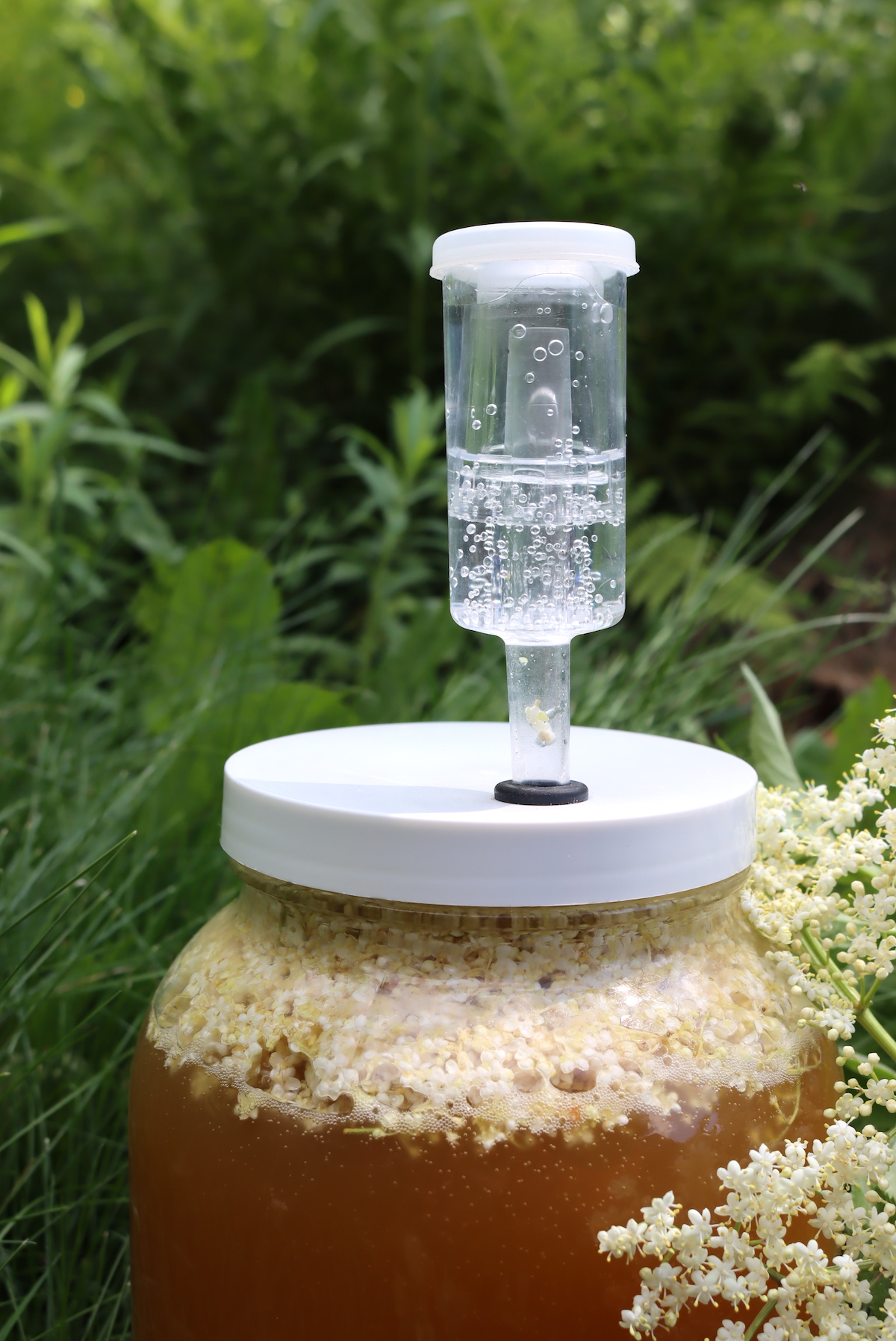
Preserving Elderflower
You may wish to preserve the delicate, summery flavor of elderflower to be enjoyed for longer than its fleeting bloom season. There are a handful of methods by which to do so. You can dry elderflowers to substitute for fresh ones in future recipes. It is recommended you use ⅔ the weight or volume called for when substituting dried for fresh elderflowers as drying concentrates the aroma.
Other methods of preservation include infusing elderflower into liqueurs, cordials, and syrups. Still in search of more preservation techniques? Elderflower can also be infused into vinegar, honey and sugar. These can then be added to a multitude of recipes to impart elderflower essence into desserts, dressings and more.
- How To Dry Elderflowers
- Elderflower Liqueur
- Elderflower Cordial (with or without alcohol)
- Elderflower Vinegar
- Elderflower Honey
- Elderflower Sugar
- Elderflower Tincture
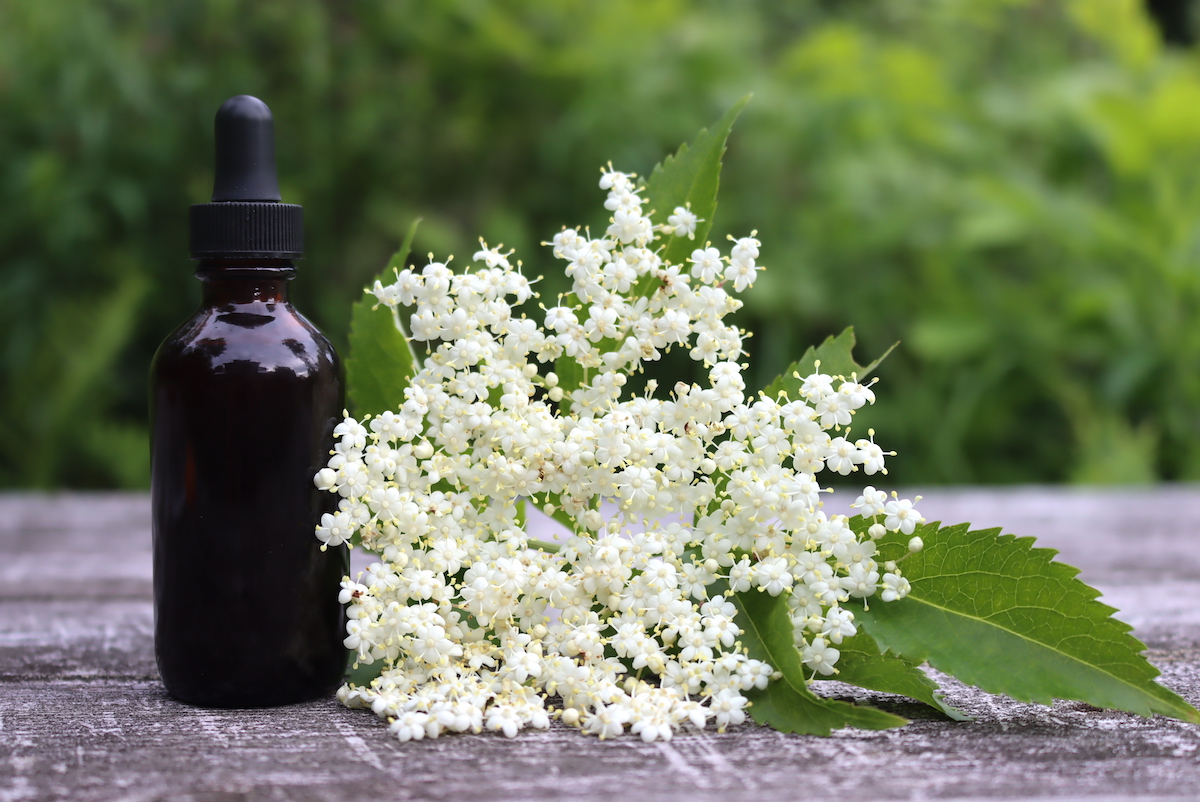
Edible flower Recipes
Looking for more ways to use edible flowers?
